In the aftermath of the SNP’s general election humbling, John Swinney enacted the first rule of leadership and took “full responsibility” for the defeat.
The party had, after all, lost 38 MPs and seen its vote fall by 15 per cent.
Even supposedly safe seats, such as Dundee Central and Arbroath and Broughty Ferry, came within less than a thousand votes of returning to the Labour Party.
Yet Swinney was wrong to blame himself, and not only because he has only been leader for two months.
On a purely snide level, a return of nine MPs was actually the best result the SNP has ever achieved under a Swinney leadership.
In fact, it is almost a 100 per cent improvement on his last outing as leader.
Far from the weight of obligation then, Swinney should actually be relieved.
But there is a much more serious point at play here too.
Swinney has only been leader for a matter of weeks. He took on the role with the SNP in the doldrums, riven with infighting and beset with incompetence.
The nationalists were plummeting in the opinion polls long before he even set foot in Bute House.
It is true that Swinney may have sunk rather than steadied the ship – as ousted SNP MP Joanna Cherry put it – but he can hardly be blamed for the fact it was already taking on significant amounts of water.
Yes, his ministerial record is poor and yes, his leadership style is staid, but the vast majority of the responsibility for the defeat certainly lies elsewhere.
The irascible former SNP deputy leader Jim Sillars actually had it right when he put the blame for the SNP’s humbling firmly not with Humza Yousaf, as one might expect, but with Nicola Sturgeon. Branding her “Stalin’s wee sister” may be just a touch hyperbolic, but it is true that the rot well and truly set in on Sturgeon’s watch.
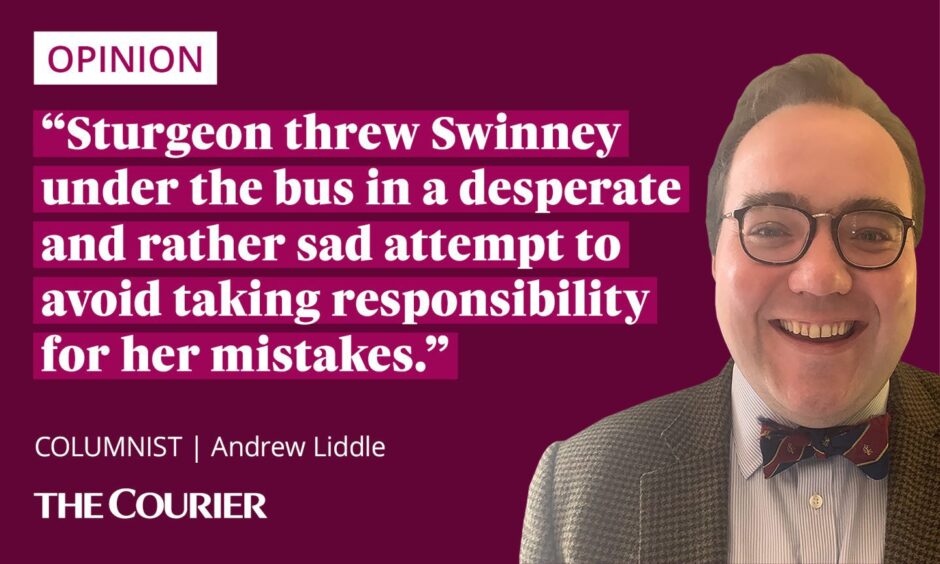
As Sillars has suggested, it was Sturgeon who dragged the SNP government away from its focus on public service delivery and into the realms of identity politics.
It was Sturgeon who fostered an authoritarian culture within the SNP, with all the accompanying secrecy and mismanagement.
And it was Sturgeon who closed off the only vaguely tenable route to a second independence referendum with her monumentally misjudged Supreme Court challenge.
Sturgeon must take responsibility for failings
Fortunately for Swinney – or so he probably hoped – ITV gave Sturgeon an opportunity to show leadership and take responsibility for the defeat by inviting her to take part in their election night coverage. Here was her chance to take some pressure off her successor’s successor and put the interests of party above the interests of person.
Instead, she did just the opposite, throwing Swinney and anyone else under the bus in a desperate – and, in truth, rather sad – attempt to avoid taking responsibility for her mistakes.
Sturgeon does, of course, claim that independence is the defining cause of her political life, a theme that will doubtless get a fresh airing once the poor editors at Pan Macmillan have sifted through the 200,000-word first draft of her memoir.
But the truth is very different, and no one watching Sturgeon today could believe that she is anything other than person first, party second, cause third.
Former party leaders are often asked what advice they would give their successors, but in the SNP’s case it should be the other way round.
John Swinney has already learnt that the first lesson of leadership is to take responsibility when things go wrong, and it is about time Nicola Sturgeon did too.
The 2024 general election was a great result.
It delivered a major setback to nationalism and removed the threat of a second independence referendum, at least in the medium term.
Meanwhile, a change of administration in Westminster was long overdue, and there is a definite sense of excitement – at least for now – about what Sir Keir Starmer’s new government might offer.
Yet the general election was also deeply satisfying on a personal level. For the first time in my life, many of my friends – about half a dozen at least, some of whom I grew up with – have been elected to the House of Commons.
I will not embarrass them, or damage their nascent careers, by identifying them individually here. Only to say that I know each of them will do a fantastic job as a representative and hopefully enjoy a long and fruitful parliamentary career.
At a time when many people are (understandably) cynical, not only about politics but also politicians, it is reassuring to know that good people not only still want to be elected, but are getting elected.
Certainly, with such a bright and talented new crop of MPs entering the House of Commons, the future of British politics no longer looks as bleak as some people might allege.
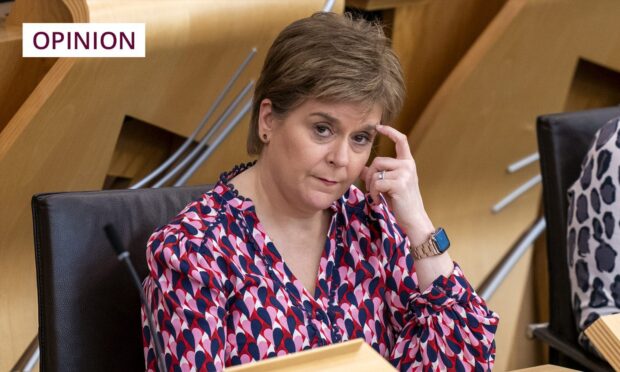
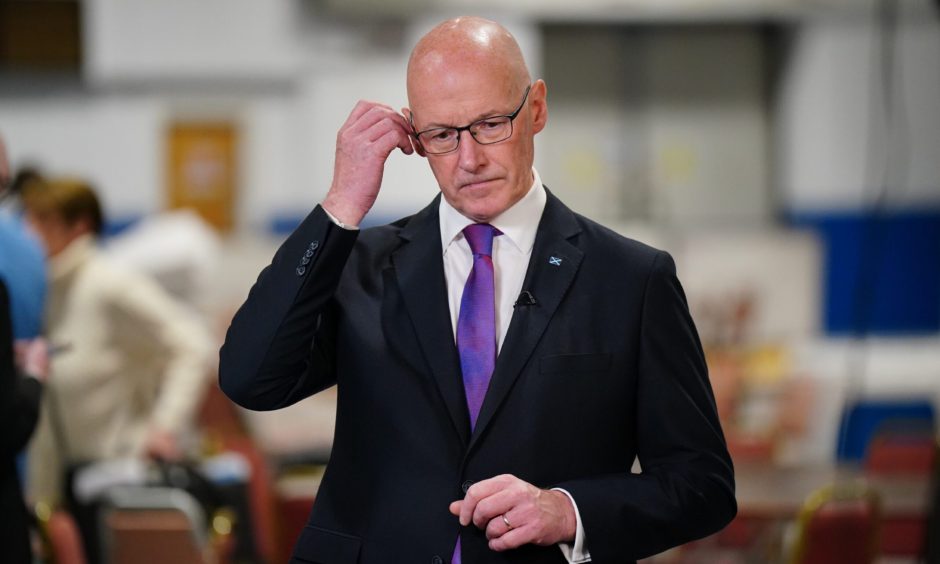
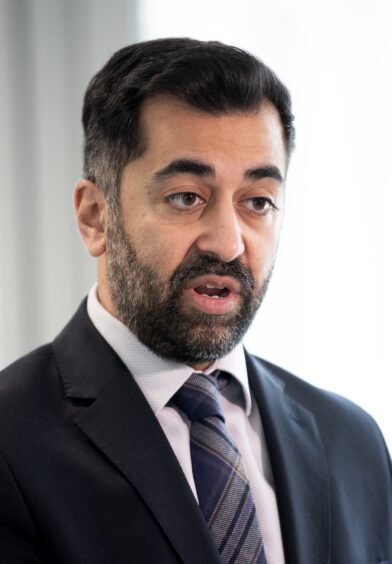
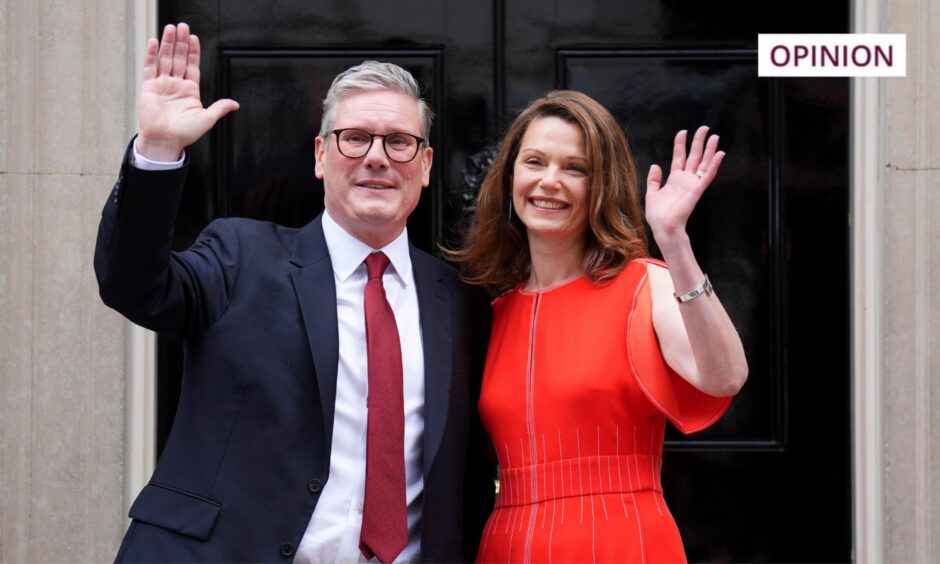
Conversation